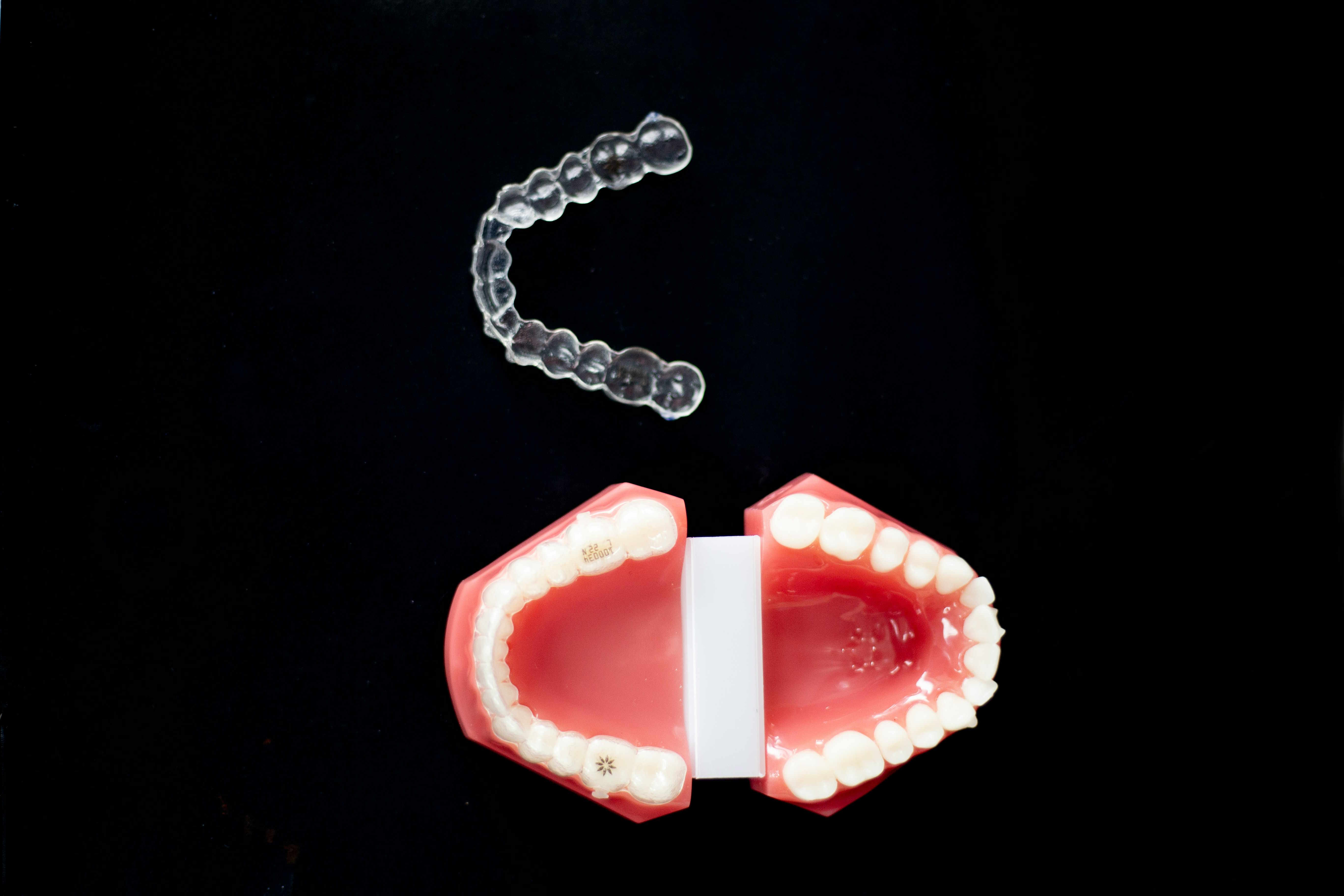Braces vs Dental Splints: Your Guide to Orthodontic Choices
Explore the differences between braces and dental splints, including their uses for alignment, TMJ relief, sports protection and bruxism management. Learn about typical treatment timelines, maintenance, average costs, insurance coverage and financing options to help you choose the best orthodontic care.

Braces vs Dental Splints: Your Guide to Orthodontic Choices
What these appliances do and when they’re used
Orthodontic appliances—namely braces and dental splints—serve distinct but complementary roles in oral health. Braces are designed primarily to correct tooth alignment and bite issues by applying controlled pressure over time. Dental splints are protective or stabilizing devices used for several conditions: night guards guard against bruxism (tooth grinding), stabilization splints can relieve symptoms associated with temporomandibular joint (TMJ) disorders, periodontal splints help secure loose teeth affected by gum disease, and sports mouthguards reduce the risk of dental injury during athletic activity. Your dentist or orthodontist will recommend the most appropriate device based on the underlying problem and your treatment goals.
Typical treatment timelines and what to expect
How long you’ll wear a device depends on its purpose. Traditional braces are usually worn for about 18 to 24 months in many cases, though orthodontic needs differ and some patients require shorter or longer treatment. Braces also require periodic adjustments and monitoring to guide tooth movement safely.
Splints follow varied schedules. Night guards are often worn only while sleeping to protect teeth from grinding. Stabilization splints used for TMJ issues may be worn at night or during the day depending on the clinician’s protocol and the severity of symptoms. Certain periodontal splints might be bonded for extended periods to support compromised teeth, while custom sports guards are used only during activity. Regular follow-ups are important to confirm the device is functioning correctly and to make any necessary modifications.
Financing options to consider
Orthodontic and appliance costs can be managed with several payment strategies. Many dental insurance plans provide partial orthodontic coverage; the extent varies by policy. Other common financing choices include:
- Healthcare credit cards that offer promotional financing
- In-house payment plans or monthly installments offered by orthodontic offices
- Flexible Spending Accounts (FSAs) which use pre-tax dollars for eligible dental expenses
- Health Savings Accounts (HSAs) for qualified medical and dental spending
- Third-party financing companies that specialize in medical or dental loans
Before selecting a payment route, compare interest rates, eligibility, and any restrictions on what treatments qualify for coverage.
Cost comparison: estimating what different options may cost
| Treatment Type | Average Cost Range | Insurance Coverage |
|---|---|---|
| Traditional Metal Braces | $3,000 - $7,000 | 50% up to lifetime maximum |
| Ceramic Braces | $4,000 - $8,000 | 50% up to lifetime maximum |
| Lingual Braces | $8,000 - $10,000 | Varies by provider |
| Custom Dental Splints | $300 - $1,000 | Often partially covered |
| Night Guards | $200 - $1,000 | Usually partially covered |
Prices, rates, or cost estimates mentioned in this article are based on the latest available information but may change over time. Independent research is advised before making financial decisions.
Caring for braces and splints
Proper care extends the life of your appliance and improves treatment outcomes. For braces, routine cleaning using interdental brushes, floss threaders or water flossers helps remove trapped food and plaque. Avoid sticky, hard, or overly sugary foods that can damage brackets and wires. Attend scheduled adjustment appointments so your orthodontist can monitor movement and address discomfort or broken components.
Splints and guards should be cleaned daily with a soft toothbrush and nonabrasive soap or denture cleaner as recommended by your provider. Store them in a ventilated case when not in use to prevent distortion and bacterial buildup. Replace or re-fit splints if they become warped or no longer match the intended bite or tooth position.
How to choose between braces and splints
If your primary concern is tooth alignment or correcting the bite, braces (or clear aligners, where appropriate) are typically the right choice. Splints, meanwhile, are preferred when stabilization or protection is the goal—managing TMJ pain, preventing damage from grinding, supporting loose teeth, or guarding the mouth during sports. Sometimes both are used in sequence: a splint to manage TMJ symptoms before initiating orthodontic movement, or a splint after braces to protect results.
Always discuss expectations, treatment length, potential side effects, and follow-up care with your dental professional so you understand the timeline and responsibilities associated with each approach.
Final considerations
Choosing the correct appliance requires a careful assessment of dental health, lifestyle, and budget. Review insurance benefits, ask about available payment plans, and request written estimates to compare options. Regular maintenance and professional oversight are key to achieving the desired results and protecting long-term oral health.
This article is for informational purposes only and should not be considered medical advice. Please consult a qualified healthcare professional for personalized guidance and treatment.






